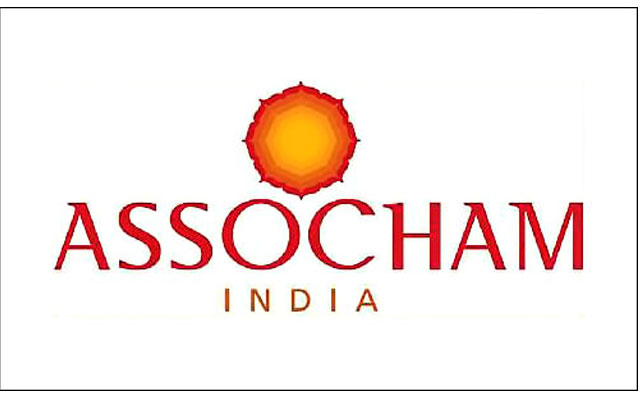
Insolvency and bankruptcy code may help unlock NPAs worth Rs 25K crore over next 5 yrs: ASSOCHAM-Crisil study
“If implemented successfully, the code will help India’s banking sector catch up with or even exceed the recovery rates of 32 per cent and average time taken of 2.8 years in other emerging markets,” highlighted the study titled ‘Insolvency and Bankruptcy Code 2016: A game changer,’ conducted by ASSOCHAM jointly with Crisil.
The released capital can be deployed for other productive lending, which in turn could help in credit expansion, it said.
Highlighting that this code will also contain slippages into NPAs by spawning better credit discipline, it said, “The RBI (Reserve Bank of India) has already tightened norms for wilful defaulters, which, together with implementation of the code, will enhance recoveries from such borrowers and improve overall credit discipline.”
However, considering that institutionalising the code will be a long-drawn affair, it may not provide any material capital relief to banks over short term, further noted the study.
The ASSOCHAM-Crisil study also said that this legislation could improve recovery rate of asset reconstruction companies (ARCs) which has been low at an average of 36 per cent, with resolution taking about five years, more so as timely recovery remains key to long-term sustainability of ARCs.
“Effective implementation of the code will help in preserving the value of asset and faster resolution so that ARCs will be able to churn capital faster and enhance returns,” noted the study.
It added that the new code along with 100 per cent foreign direct investment (FDI) in ARCs through the automation route is expected to boost capital flows. “It will also attract investments into the distressed assets space, open up new avenues for ARCs and help them participate in the huge market for NPAs.”
Noting how this code will aid development of corporate bond market the study said, “With greater certainty of outcome and faster resolutions expected because of the code, the interest of both domestic and foreign investors in lower-rated paper will increase over a period of time.”
“Strong bankruptcy code can strengthen creditor rights and can lead to deepening of bond markets,” it added.
It also said that the draft norms for limiting individual/group exposures in banks and encouraging large corporate borrowers to access bond markets for funding requirements circulated by the RBI in August 2016 together with the code will provide boost to Indian bond market.
Further, with ongoing structural reforms, the code is expected to improve India’s ease of doing business and global competitiveness rankings significantly, as this is a critical parameter in ranking evaluation.
“With the implementation of the code, India’s position in World Bank’s ease of doing business ranking will improve, attracting more foreign investors,” highlighted the ASSOCHAM-Crisil study.
India’s ranking would improve in terms of World Economic Forum’s competitiveness ranking once the code gets implemented successfully, thereby improving the financial market development parameter, which is one of the 12 parameters considered for arriving at the ranking.
The code will help in protecting the creditors’ interest when entrepreneurs or start-ups become insolvent and wind up their business, as the capital can be reallocated to efficient businesses. Besides, it will help entrepreneurs in initiating insolvency proceedings voluntarily.
“Over a period of time, the code will help promote entrepreneurship and increase the role of professionals from various fields such as law, accountancy and finance,” the study said.
It also said that the code will benefit the employees and workmen as they too can initiate insolvency proceedings for unpaid dues and have greater lien in the distribution of liquidation proceeds.
However, the study highlighted various challenges and issues like the current bad-loan problems, time in development of insolvency ecosystem, impose further burden on Debt Recovery Tribunals, lead to inter-creditor conflicts and offer limited market for secondary/used industrial assets like plant and machinery.
Image:Assocham Website
Support Our Journalism
We cannot do without you.. your contribution supports unbiased journalism
IBNS is not driven by any ism- not wokeism, not racism, not skewed secularism, not hyper right-wing or left liberal ideals, nor by any hardline religious beliefs or hyper nationalism. We want to serve you good old objective news, as they are. We do not judge or preach. We let people decide for themselves. We only try to present factual and well-sourced news.







